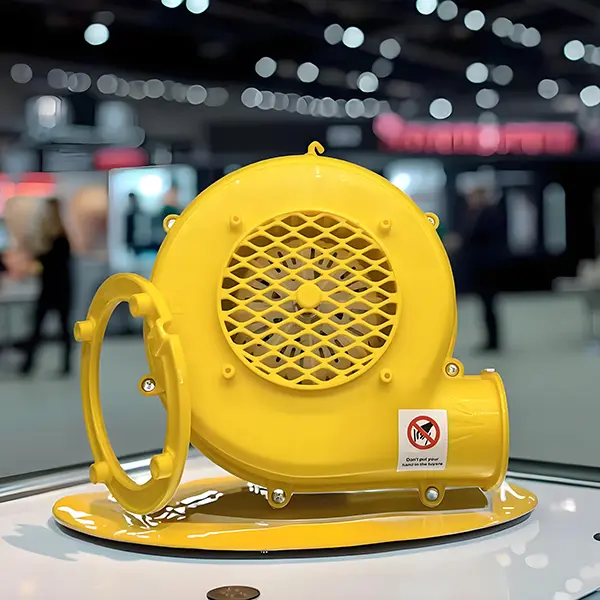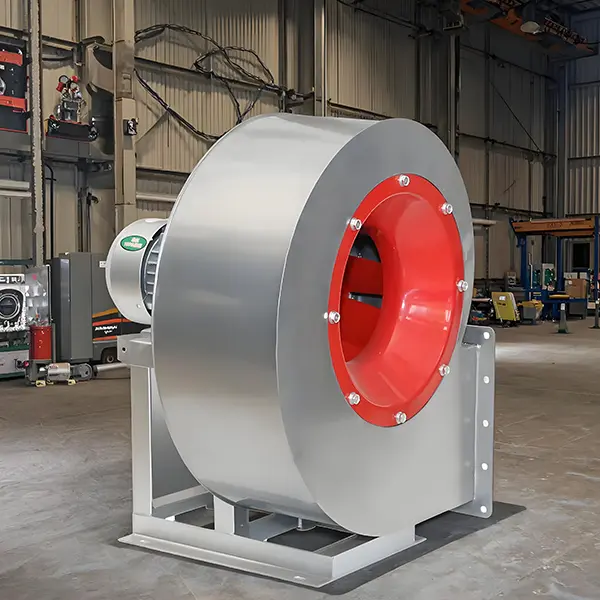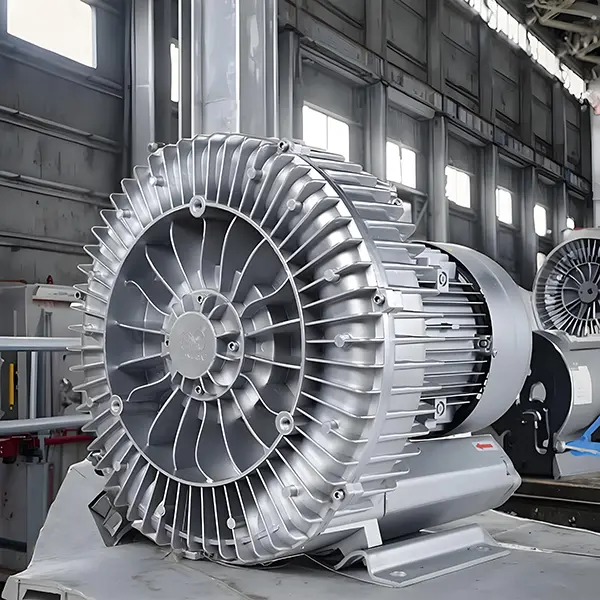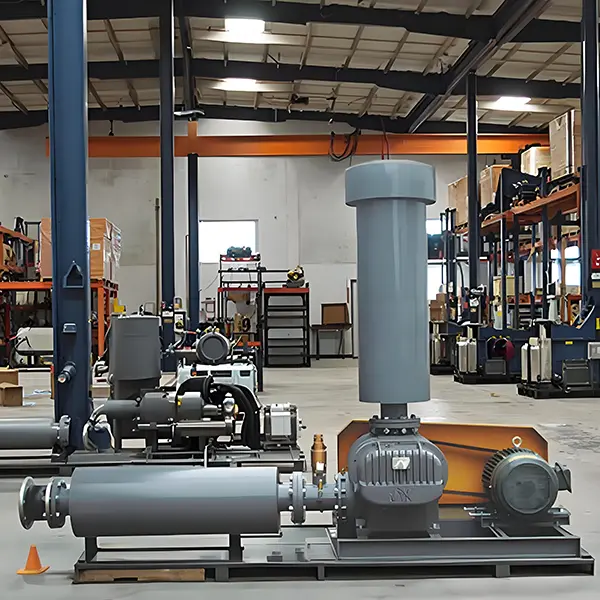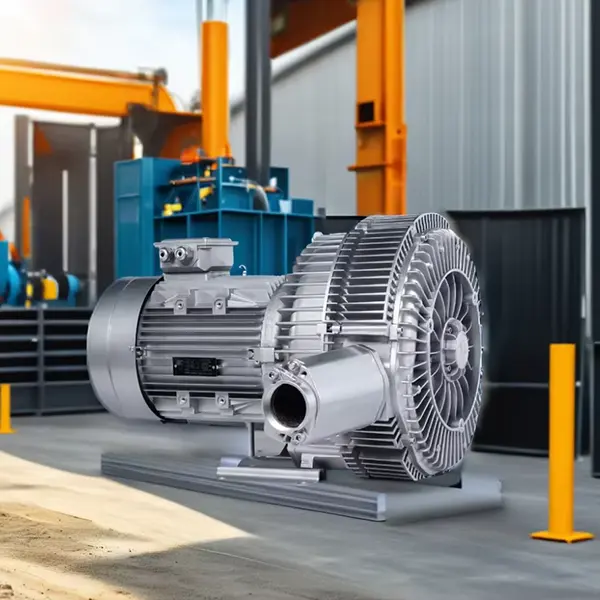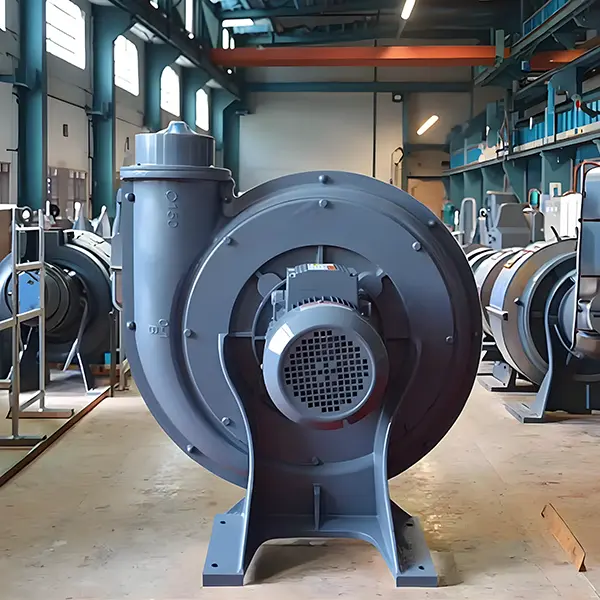How to use a regenerative air blower for sewage treatment?
1. Understand the Process
Regenerative Air Blowers are used primarily for aeration in wastewater treatment. They introduce air into the treatment tanks, promoting the growth of aerobic microorganisms that break down organic waste.
2. Select the Right Blower
Choose a regenerative air blower based on the requirements of your sewage treatment system, including flow rates and pressure needs. Ensure that the blower can handle the specific demands of aeration for your facility.
3. Installation
Positioning: Install the blower close to the aeration tanks to minimize energy loss due to longer piping.
Connections: Connect the blower to the air distribution system using appropriately sized pipes to ensure adequate airflow.
Vibration Isolation: Use vibration isolators or mounts to reduce noise and vibration during operation.

4. Adjust Settings
Once installed, configure the blower settings according to the optimal air flow rate and pressure for your sewage treatment process.
5. Monitor Performance
Regularly monitor the performance of the regenerative air blower. Check parameters such as airflow rate, pressure, and energy consumption. Use monitoring equipment to ensure that the blower operates within the desired range, optimizing efficiency and preventing overload.
6. Maintenance
Routine Checks: Conduct regular inspections to check for wear and tear, ensuring all components are functioning correctly.
Cleaning: Keep the inlet and outlet ducts clean to prevent blockages that can reduce efficiency.
Lubrication: Lubricate moving parts as recommended by the manufacturer to prolong the blower’s lifespan.
7. Troubleshooting
Familiarize yourself with common issues, such as reduced airflow or increased noise, and how to address them. Staying proactive can help maintain optimal performance and avoid costly repairs.
In summary, using a regenerative air blower for sewage treatment requires careful selection, proper installation, ongoing monitoring, and regular maintenance. By following these steps, you can ensure effective aeration, promoting a healthy and efficient sewage treatment process.

